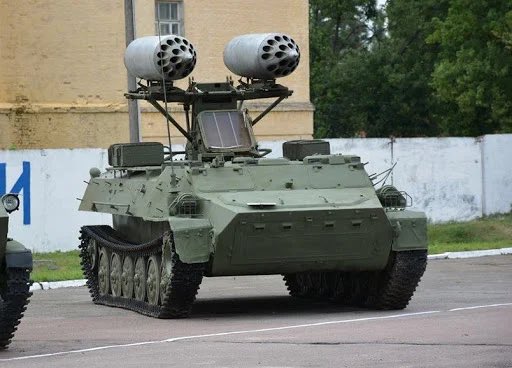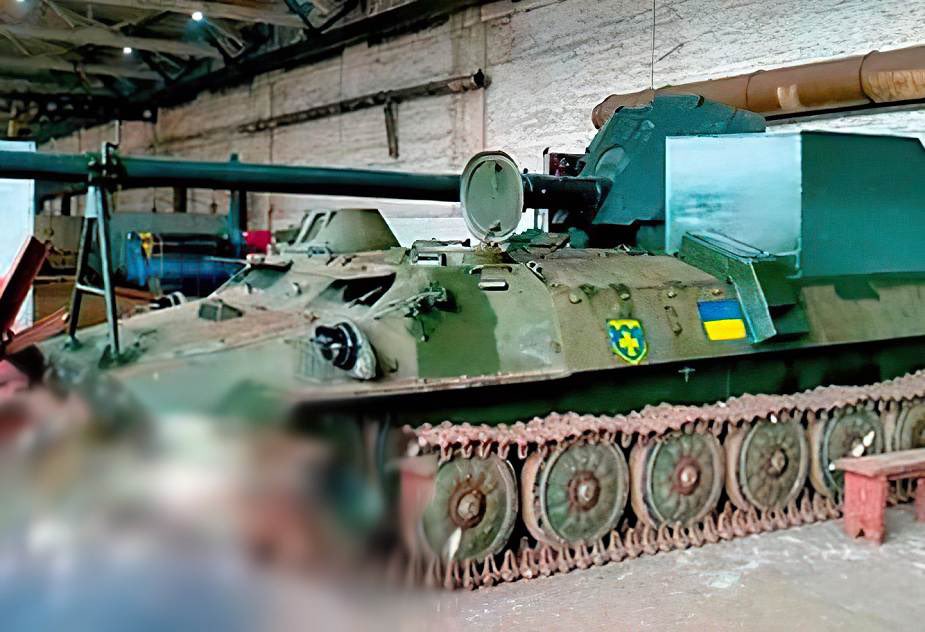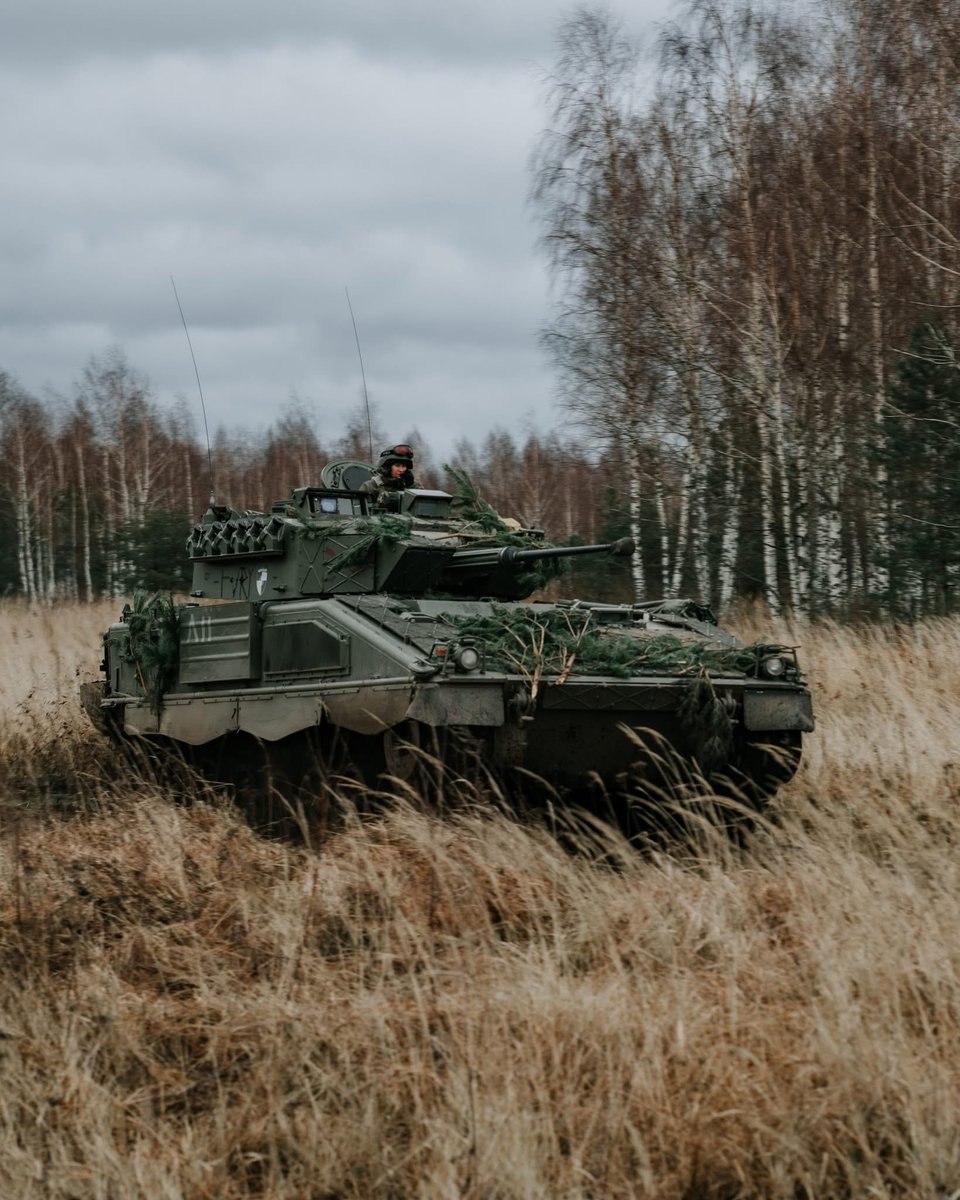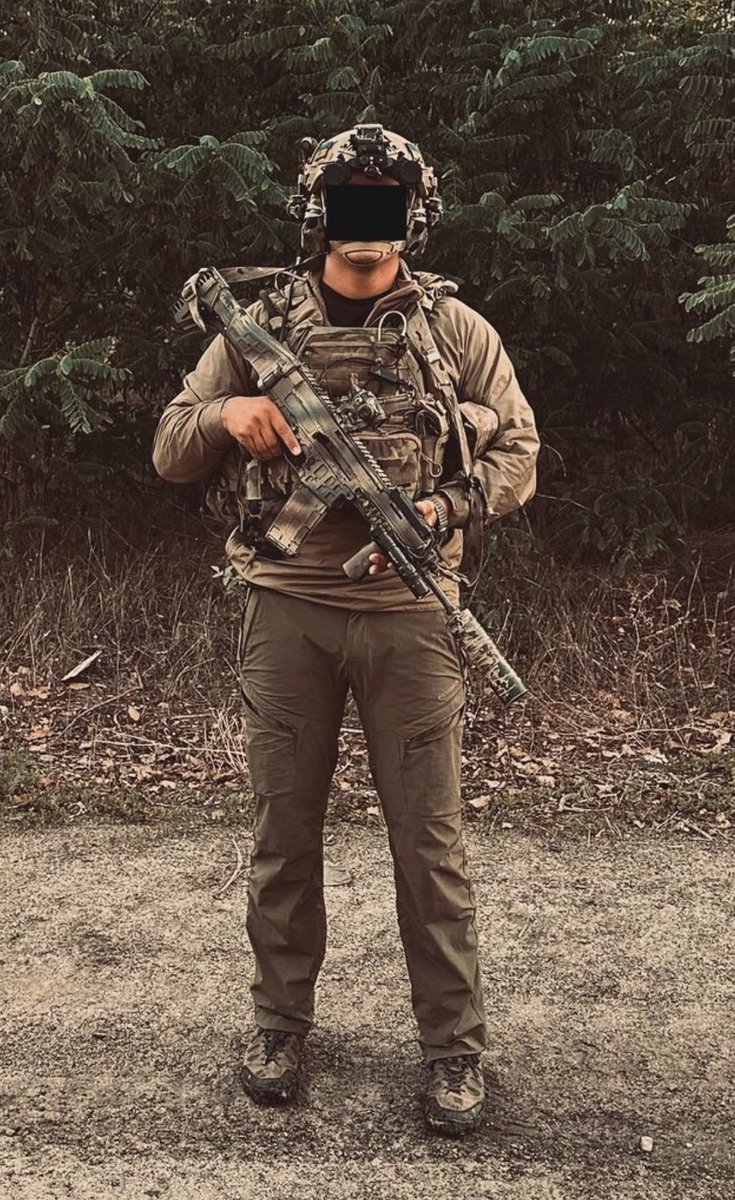#Ukraine/#Russia 🇺🇦🇷🇺:
Since 2014, there have been many vehicle modifications on both sides on the #Ukrainian battlefield. One of the most frequently modified vehicles is the MT-LB, originally intended as an artillery tractor.
@oryxspioenkop @CalibreObscura
Thread🧵
1/
Since 2014, there have been many vehicle modifications on both sides on the #Ukrainian battlefield. One of the most frequently modified vehicles is the MT-LB, originally intended as an artillery tractor.
@oryxspioenkop @CalibreObscura
Thread🧵
1/

Of course, many mass-produced vehicles were built on the MT-LB chassis, such as the 9k35 Strela-10, the 9P149 Shturm-S, or the 2S1 Gvozdika.
2/


2/



Since the beginning of the war in #Donbas, soldiers have been forced to use the MT-LB for tasks other than those for which it was intended. They used it, and still do, for example as an APC. They immediately began to feel the weakness of the vehicle's firepower and armour.
3/
3/

So the soldiers began to modify their MT-LBs. They welded on additional armor and increased firepower. The 🇺🇦#Ukrainian army itself attempted to increase firepower by adding a 12.7mm DshKM machine gun in the armoured turret. That’s how MT-LB-AT was born.
4/

4/


However, this modification was only in very limited numbers, so field modifications were created. The easiest way was to weld Slat armor, additional armor and machine gun on the vehicle.
5/

5/


On this particular MT-LB, the soldiers welded on additional armor, Slat armor, and a pair of 14.5mm KPVT machine guns. The gunner operated the machine guns manually and was protected by the welded armor.
6/


6/



The separatists also fitted several MT-LBs with mounts for the RPO-A Shmel thermobaric warhead rocket launcher’s.
8/

8/


#Ukrainian MT-LB was also seen with #Turkish Aselsan 'Serdar' RCWS which features an NSVT and PK machine guns and can also carry two Skif ATGMs.
The turret was probably a demonstrator and after the outbreak of war it was fitted to the first vehicle they found.
9/
The turret was probably a demonstrator and after the outbreak of war it was fitted to the first vehicle they found.
9/
However, more complex modifications began to appear. Several MT-LBs were built for the Dnepr-1 battalion with a raised superstructure, slat armor and a turret with a 14.5mm KPVT machine gun from a BTR-60.
Several similar MT-LBs with BTR-60 turrets also served in Azov.
10/


Several similar MT-LBs with BTR-60 turrets also served in Azov.
10/



Another monstrosity. A cut off part of BRDM-2 with BPU-1 turret and welded on MT-LB. First seen during summer 2022 in UAF service.
11/
11/

Another popular modification is to mount the 23mm ZU-23-2 on the superstructure. Many of these vehicles have been built and operated by both sides.
The photos show the cannons mounted on captured Russian MT-LBVM(K)’s.
12/

The photos show the cannons mounted on captured Russian MT-LBVM(K)’s.
12/


The #LNR/#LPR even operated at least two MT-LBs that had a turret made from decommissioned BMP-1 IFVs.
13/
13/

There were also a few "self-propelled mortars", where an automatic 82mm 2B9 Vasilek mortar was added to the MT-LB superstructure. They were sometimes mounted in their own turret as well. They were manually operated, and some pieces could be operated from the inside.
14/



14/




At least one MT-LB was fitted with a turret from a 2S9 Nona by the #separatists, creating an interesting improvised self-propelled mortar.
15/

15/


This is a very interesting modification. In 2015, the #Ukrainians modified the decommissioned Strela-10s by mounting two B-8 rocket pods firing 80mm S-8 rockets instead of anti-air missiles. These improvised MLRS were intended to shell an area rather than specific targets.
16/



16/




Another improvised MLRS, with #Ukrainian soldiers creating their own version of the Soviet Grad-1. Both vehicles were on MT-LB chassis and used Grad rocket launchers. They can be distinguished by the fact that the Ukrainian modification has all 40 tubes, the Grad-1 "only" 36
17/

17/


A 2022 modification in which a MT-12 Rapira 100 mm anti-tank gun was mounted on top of the vehicle with an open-topped superstructure for cover. This modification is called MT-LB-12.
18/


18/



Earth is full of states and factions using MT-LB and its versions. Some mass produced, some improvised. For example Armenian MT-LB with S-60 cannon, Bulgarian BMP-23 IFV, Russian MT-LBM 6MB prototype etc.
19/


19/



If you made it this far, thank you for reading.
I'll be glad for the RT too.
Special thanks to @BuschModelar for some photos and informations!
My post about MT-LB-AT:
I'll be glad for the RT too.
Special thanks to @BuschModelar for some photos and informations!
My post about MT-LB-AT:
https://twitter.com/praisethesteph/status/1594369279650144257
• • •
Missing some Tweet in this thread? You can try to
force a refresh















































